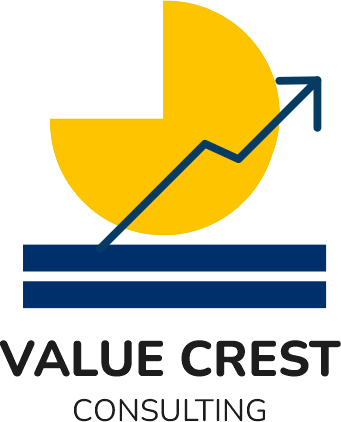Why Do You Wear a Helmet? And What It Tells About Internal Controls
Here’s a question you’ve probably answered a hundred times without thinking:
“Why do you wear a helmet?”
Is it for your safety?
Or is it because you don’t want to get fined by the traffic police?
The answer says a lot—not just about road safety, but also about how businesses treat internal controls and compliance.
The Ritual of Compliance
Many organizations set up control mechanisms, reports, and dashboards primarily to check a box. “The report was submitted.” “The MIS was circulated.” “The audit file was uploaded.”
But ask the next question—So what changed because of it?—and you’re often met with silence.
Because somewhere along the way, the ritual overtook the reason.
When Monitoring Feels Like Policing
When teams see reports and controls as something they have to “pass,” they stop engaging with them meaningfully. It becomes an exercise in formatting, not in insight. In status updates, not in real-time decisions.
Just like the helmet worn only when traffic police are in sight, these processes lose their value the moment supervision fades.
So What Should Good Monitoring Look Like?
Let’s go back to the helmet analogy. The right reason to wear it is because it protects you—not because someone’s watching.
In the same way, internal controls, monitoring systems, and reports should:
- Help teams spot risk before it grows
- Make aberrations visible—not buried in a sea of numbers
- Trigger timely, owned responses
- Create clarity at all levels, not just compliance for the top
Rhythm, Not Ritual
An effective control system isn’t about flooding inboxes with MIS. It’s about building a rhythm where:
- Teams know why they’re reporting
- Leaders know what to look for
- Aberrations lead to Action Taken Reports (ATR), not just “noted” remarks
- That action is tracked, escalated, and resolved
- And all of it flows up through a funnel—clear, clean, and real-time
This isn’t about more paperwork. It’s about smarter movement. It’s what keeps a business agile and self-aware.
Building for the Business You’re Becoming
Early-stage companies may operate informally for a while—and that’s okay. But if you’re building for scale, you need systems that don’t just inform leadership but equip leadership.
That means:
– MIS that isn’t just a retrospective
– Dashboards that speak to both health and direction
– Control systems that are designed for insight, not just oversight
– And responses that are as disciplined as the reports themselves
How We Help at Capital Crest
At Capital Crest, we work with businesses to design internal control mechanisms that feel less like rituals and more like tools for clarity and action. We don’t just create reporting formats—we build feedback loops, decision triggers, and rhythms of review that help companies stay safe and sharp.
Because the best safety systems don’t just protect—they also guide.
Contact us at the Consulting WP office nearest to you or submit a business inquiry online.

